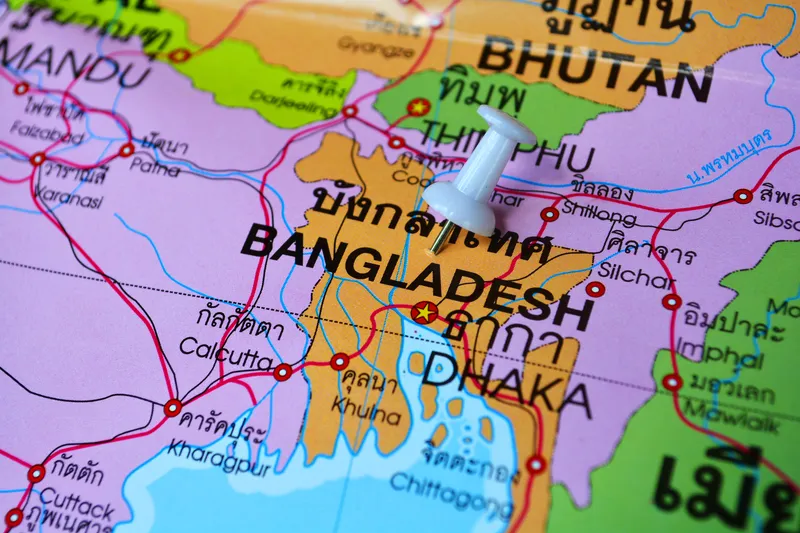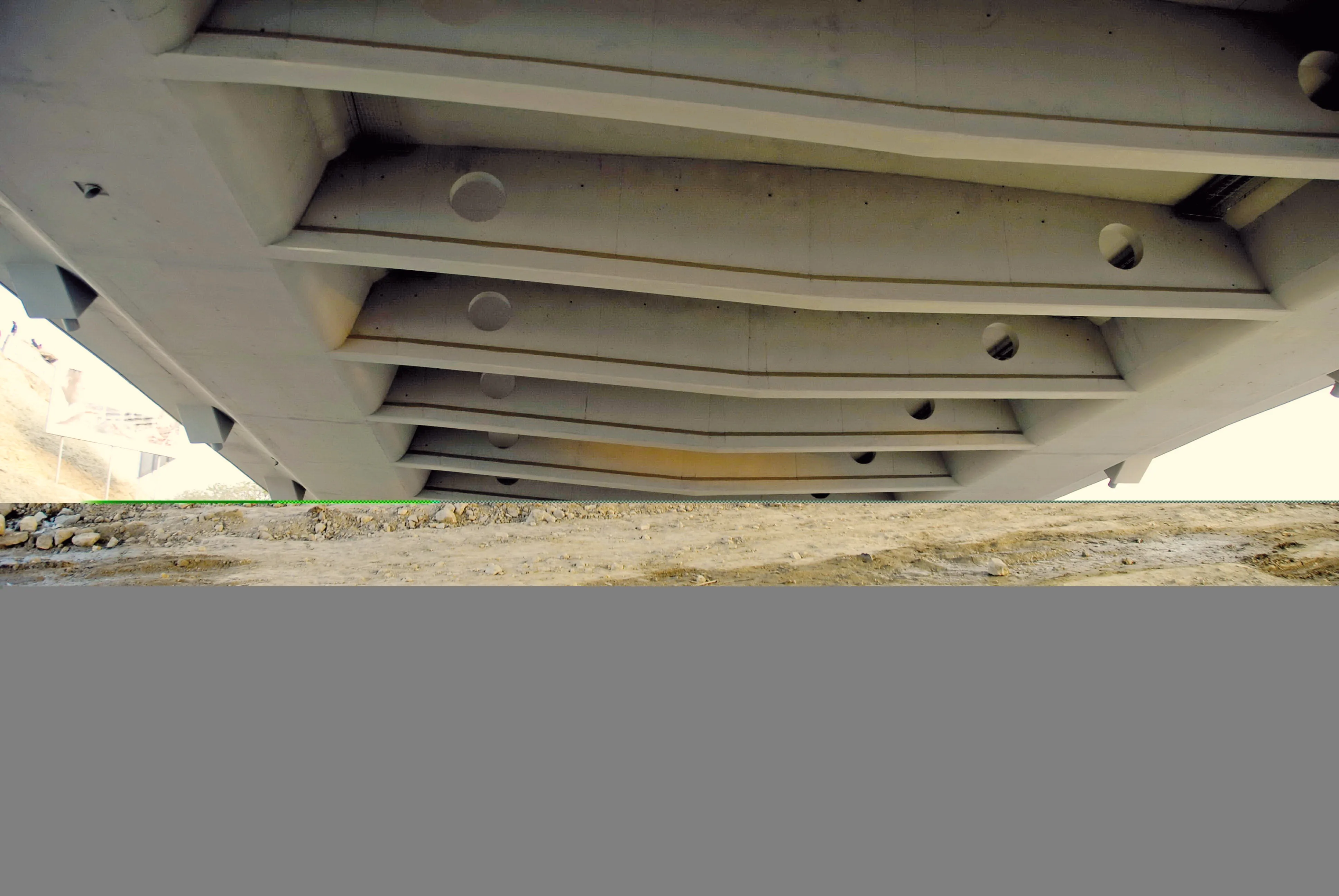
The Libeň Bridge - Libeňský Most - in the Czech capital, Prague, is to be reconstructed for around €88.9 million.
The contract has gone to Metrostav TBR, the bridge division of parent Czech company Metrostav Group, as well as design companies SATRA and SHP. Architectural design imaging has been done by Dousek-Zaborsky, a Prague-based engineering architectural firm.
The 370m-long Libeň Bridge over the river Vltava was opened in 1928 and connects the city quarters of Holešovice and Libeň. The complete structure, including elevated sections on land is close to 780m long and it’s the longest bridge in the Czech capital city. Being 21m wide, it carries two road lanes and two tram lines with wide pedestrian ways on each side of the deck.
It suffered damage during flooding in 2002 and has been periodically closed to traffic since then over safety concerns. City authorities have said the concrete bridge has deteriorated to the point that little of the structure can be renovated, except for some of the pile works. It has five spans between 28m and 43m wide.
Restoration will be done in keeping with the bridge’s original design by the architect Pavel Janák. The Cubist-style pillars will remain while a completely new upper structure will closely resemble Janák’s work. The bridge is reportedly the only Cubist bridge in the world and little restoration work has ever taken place, according to media reports. More detailed design work will be done next year and on-site work will start in 2025.
The design engineering consultancy SATRA was spun out of the Military Project Institute in Prague in 1991. It specialises in underground structures and bridges.
SHP, also based in Prague, is an independent engineering consultancy specialising in designing bridges with extensive experience in Europe, the US, South America and Asia. The company’s portfolio includes elevated highways, railway viaducts, urban bridges and footbridges, constructed from concrete and steel, as well as from timber. Structure types include arch, shell, cable-stayed and suspension bridges as well as roofs such as those for sports stadiums. Many of SHP’s research projects are carried out in cooperation with Brno University of Technology.








